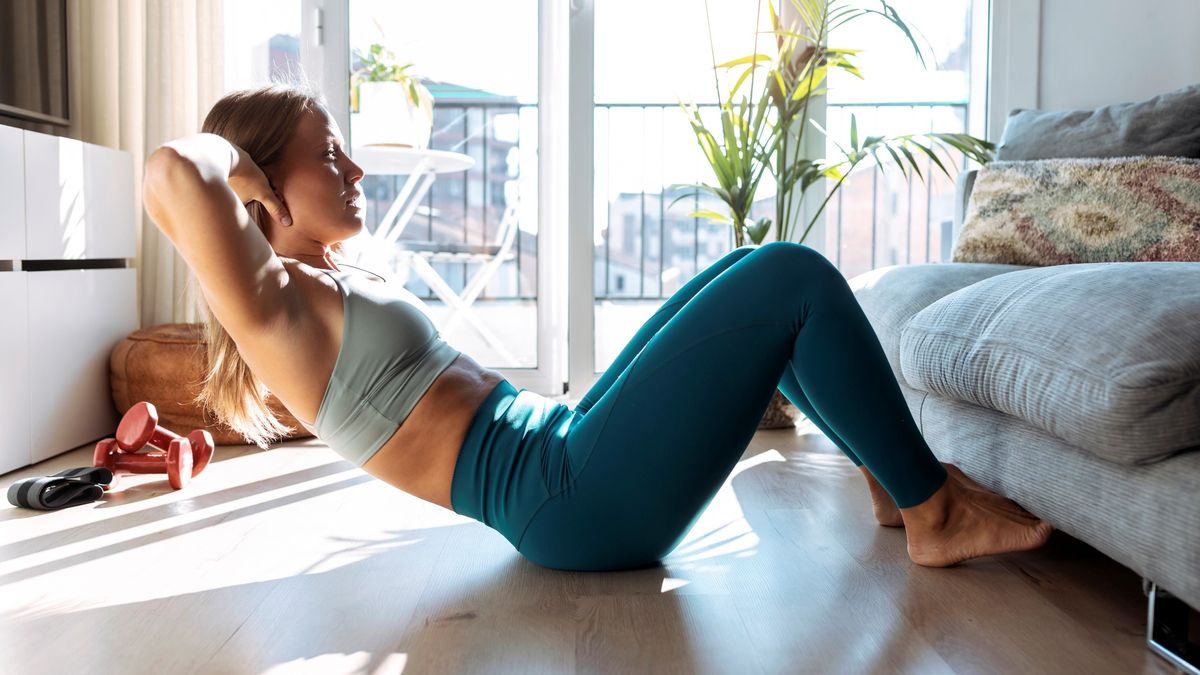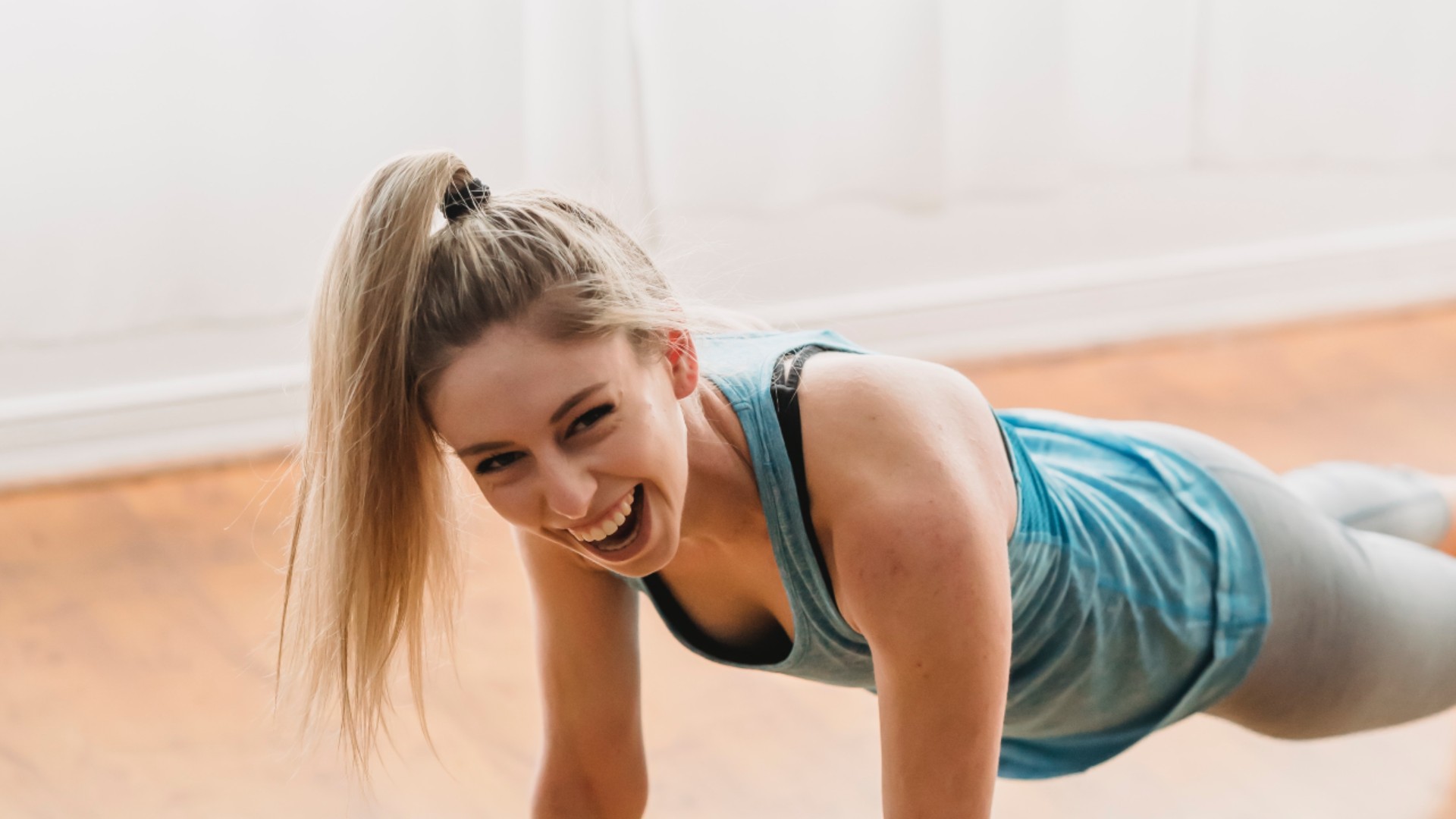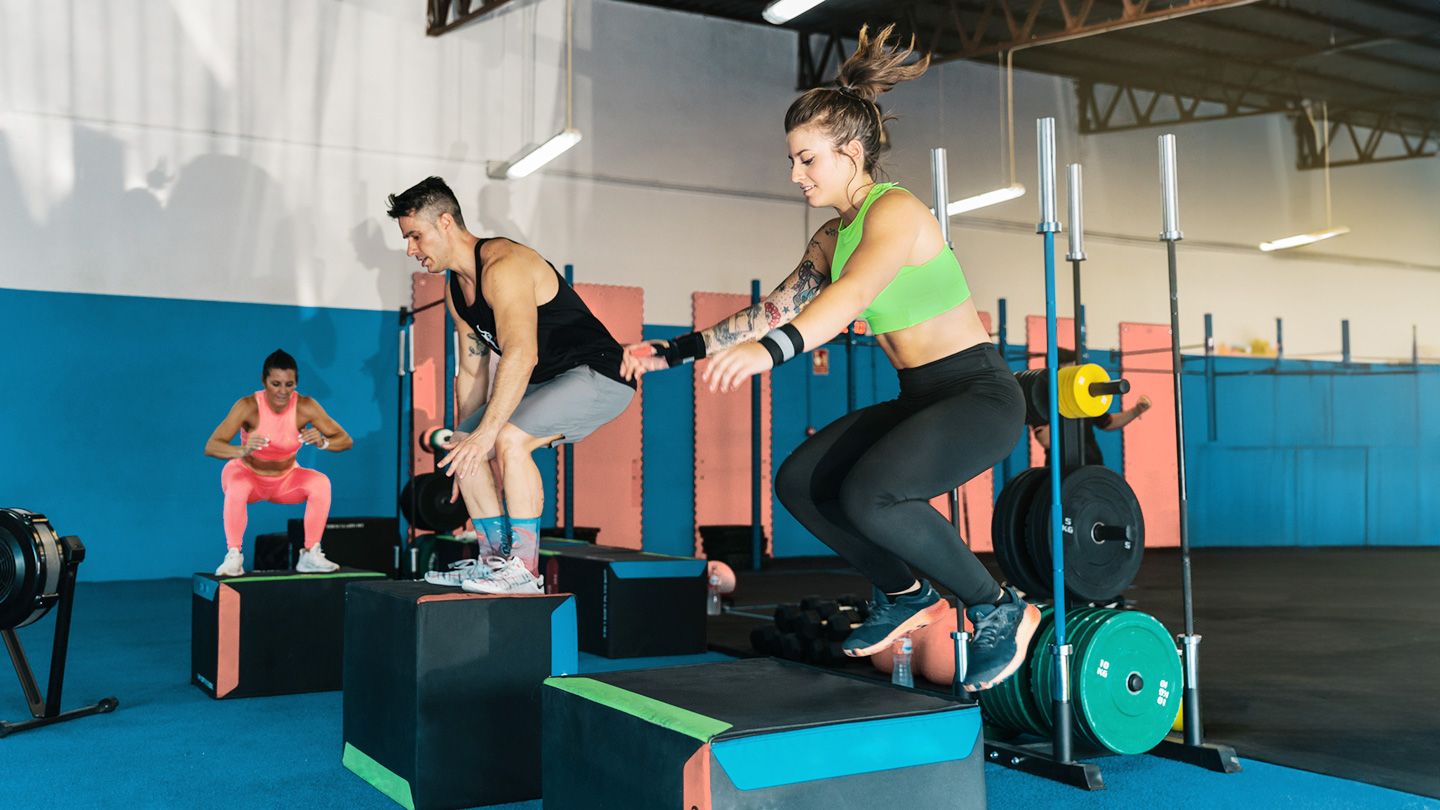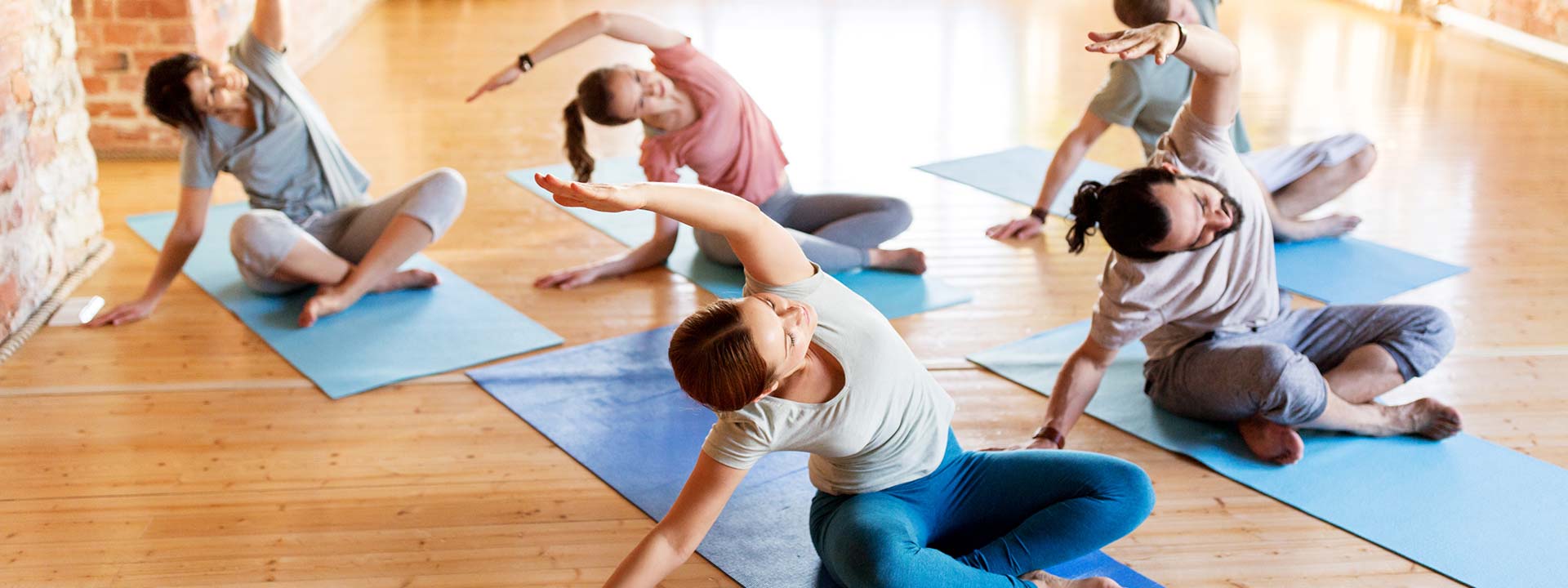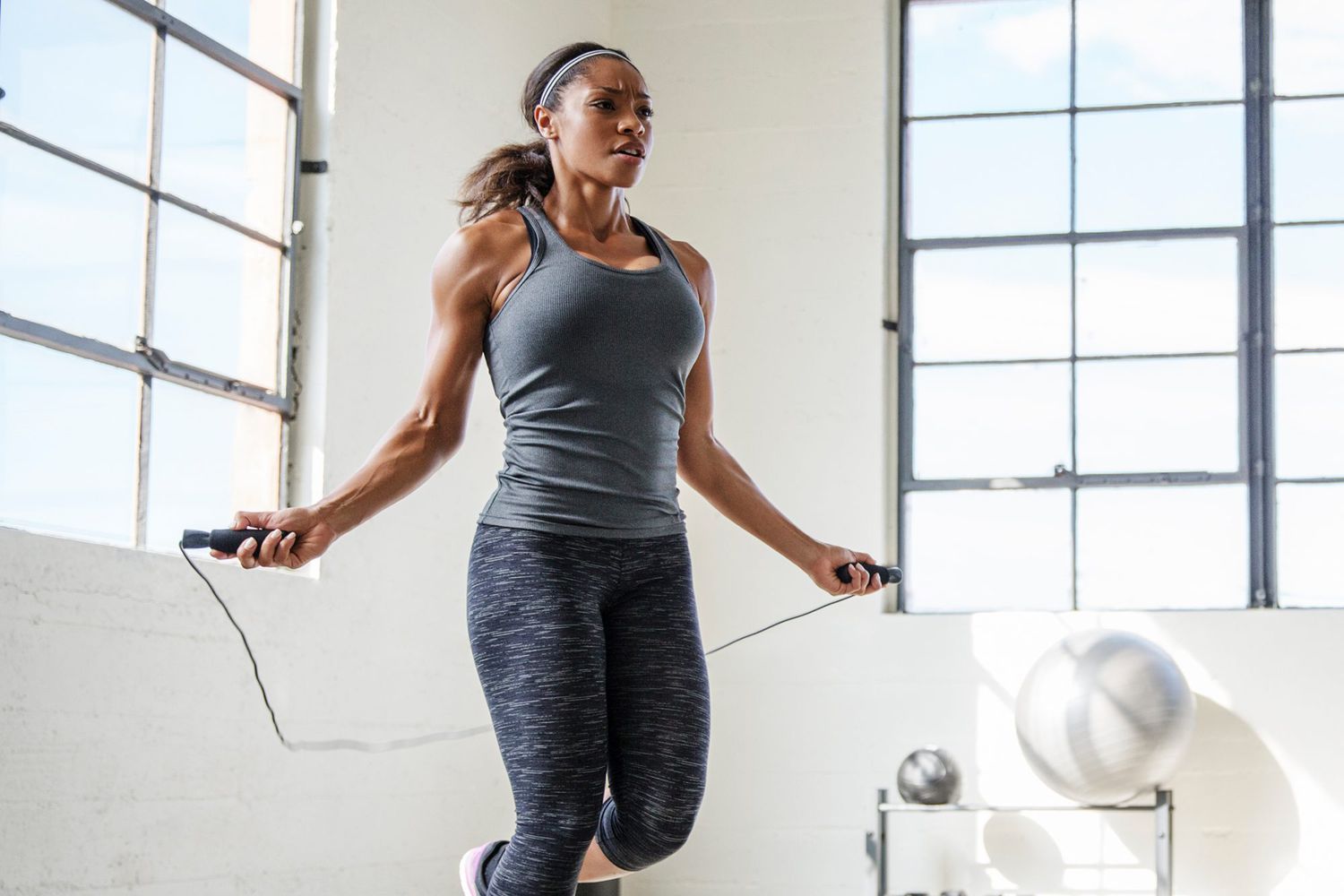Bodyweight ab exercises are a powerful way to strengthen your core without the need for gym equipment. By using just your body weight, you can effectively tone and build muscle in your abdominal area. Incorporating these exercises into your routine not only helps with fat loss but also improves overall athletic performance and posture.
With a mix of simple and advanced movements, you can create a workout that matches your fitness level. Whether you are a beginner or looking to challenge yourself further, there are plenty of exercises to help you achieve your goals. These workouts can be done at home, making them accessible for everyone.
Follow along as we explore essential techniques for developing a bodyweight ab routine that suits your needs. You’ll discover key exercises to target your abs, tips for maximizing your workouts, and how to progress to more challenging variations.
Key Takeaways
- Bodyweight exercises effectively strengthen your core and tone abs.
- Implement a variety of movements for a balanced workout routine.
- Progress to advanced techniques for continued muscle development.
Essentials of Core Training
Core training is vital for building strength and stability in your body. A strong core helps you perform daily activities with ease and protects you from injuries. Understanding how your core works and the benefits it offers can help you make the most of your training.
Understanding Your Core
Your core includes several muscles that support your spine and pelvis. The two key muscles are the rectus abdominis, which gives you a six-pack appearance, and the transverse abdominis, which is deeper and acts like a natural weight belt.
In addition to these, you have oblique muscles on the sides and muscles in your back. Together, they work to provide support and balance. Engaging your core during exercises improves your form and effectiveness. Focusing on different core exercises helps to develop all these muscle groups, leading to better overall strength.
Benefits of Strong Abs
Having a strong core offers many advantages beyond aesthetics. With strong abs, you will experience improved balance, stability, and posture. This is essential for both athletic performance and daily tasks, like lifting objects or standing for long periods.
Increased core strength helps reduce your risk of injuries by supporting your spine. A strong core also aids in more efficient movement, allowing for better power transfer during physical activities. Exercises like planks and bicycle crunches can enhance the strength of your core muscles.
Incorporating Proper Nutrition
Proper nutrition plays a critical role in developing and maintaining a strong core. Eating a balanced diet rich in proteins, healthy fats, and complex carbohydrates fuels your workouts and aids recovery. Focus on whole foods like lean meats, vegetables, fruits, and whole grains.
Staying hydrated is equally important, as water supports muscle function. Avoid processed foods high in sugar and unhealthy fats, as they can impede your fitness goals. Remember that a lean diet can help reveal those hard-earned abs while supporting overall core strength.
Key Bodyweight Exercises for Abs
Bodyweight exercises for your abs can strengthen your core and improve overall fitness. Here are some effective movements that target different areas of your abdominal muscles.
The Plank Family
The plank is a foundational exercise that works your entire core. Begin in a plank position with your forearms on the ground and your body straight from head to heels. Hold this position for as long as you can, keeping your hips level.
To add variety, try the side plank. Lie on your side, prop your body up on one elbow, and lift your hips off the ground. Your body should form a straight line. Hold for 30 seconds on each side.
Incorporate plank variations like moving from forearm to extended arms or adding mountain climbers. For mountain climbers, start in a plank and alternate bringing your knees toward your chest quickly, engaging your core with each movement.
Dynamic Crunch Variations
Crunches can enhance your ab workout. Start with the basic crunch, lying on your back with knees bent. Place your hands behind your head and lift your upper body towards your knees. Exhale as you crunch and breathe in as you lower back. Do this for 15-20 reps.
Next, try the reverse crunch. Lie on your back with your arms at your sides. Lift your legs, keeping your knees bent, and raise your hips off the ground. This targets your lower abdominals. Perform 10-15 reps for this exercise.
You can also try the bicycle crunch. Lie on your back and lift your legs to a tabletop position. Alternate bringing your elbows to your opposite knees as you extend the other leg. This movement engages both upper and lower abs effectively.
Lower Ab Targets
Targeting your lower abs can be challenging but rewarding. One effective exercise is the leg raise. Lie on your back with your legs straight. Slowly lift them up while keeping your lower back pressed to the ground. Lower them back down without touching the floor. Aim for 10-15 reps.
Consider including hanging leg raises if you have access to a pull-up bar. Hang with your arms fully extended and lift your legs until they are parallel to the ground. This move is excellent for building lower abdominal strength.
Finish with the flutter kick. Lie on your back and lift your legs slightly off the floor. Alternate kicking them up and down in a controlled manner. Keep your core tight for best results.
Oblique Exercises
To strengthen your obliques, start with the oblique crunch. Lie on your back with your knees bent and feet flat. Bring your right elbow toward your left knee while extending your right leg. Alternate sides for 15-20 reps.
Another great option is the side plank rotation. Start in a side plank position and rotate your body forward, bringing your top arm underneath you and back up. This not only works your obliques but also improves stability in your core.
Lastly, incorporate Russian twists. Sit on the floor with your knees bent. Lean back slightly and lift your feet off the ground. Rotate your torso to touch the ground beside you. Alternate sides for 10-15 twists. This helps to engage your oblique muscles effectively.
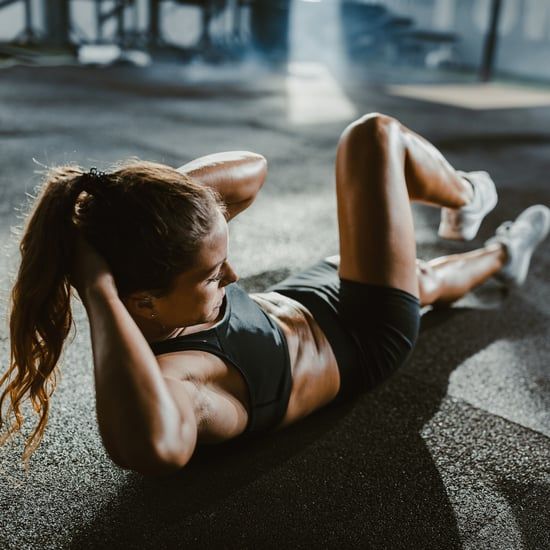
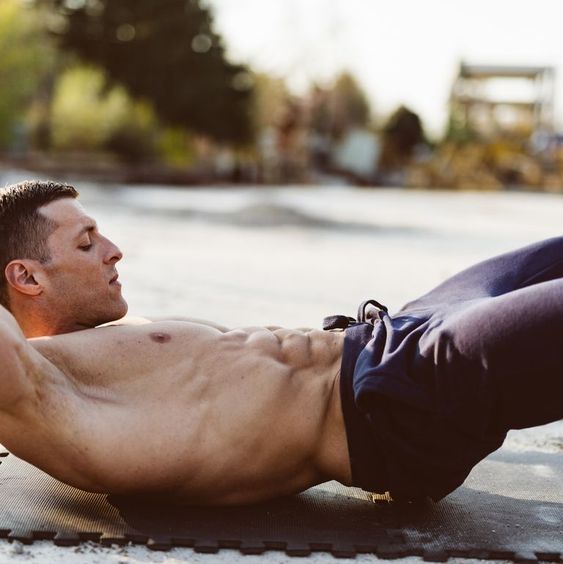
Developing a Bodyweight Ab Routine
Creating an effective bodyweight ab routine involves several key components. You should start with a warm-up to prepare your muscles, design your workouts around specific ab exercises, and consider progression to increase difficulty over time. Each step plays a crucial role in enhancing your core strength and overall fitness.
Warm-Up for Ab Workouts
Before starting your ab exercises, a proper warm-up is essential. This helps to prevent injury and increase blood flow to your muscles.
A good warm-up can include:
- Dynamic stretches: Arm circles, torso twists, and leg swings.
- Light cardio: 5-10 minutes of jogging in place or jumping jacks.
Focus on movements that engage your core, like planks or side bends. These exercises activate your muscles and get them ready for more intense work. Aim for about 5-10 minutes in total.
Designing Your Ab Workouts
When designing your ab workouts, choose a mix of exercises that target all areas of your core. Incorporate exercises like:
- Planks: Great for stability.
- Jackknife sit-ups: Excellent for working the upper and lower abs.
- Leg raises: Focus on your lower abs while also hitting your hip flexors.
Aim for 2-3 sets of each exercise with 10-15 reps. Keep rest periods short, around 30-60 seconds, to maintain intensity. You can also add higher intensity to the routine with HIIT principles, combining short bursts of effort with rest.
Progression and Difficulty Levels
To continue improving, you need to challenge your body. Gradually increase the difficulty of your workouts.
Ways to progress include:
- Adding reps: Increase the number as you get stronger.
- Changing variations: Use different exercise forms, like moving from basic planks to side planks.
- Reducing rest time: This will help maintain a higher intensity throughout your workout.
Also, consider increasing workout frequency to 3-4 times a week. Always listen to your body and allow for rest days to recover. This approach will help you build strength effectively and safely.
Advanced Techniques and Exercises
In this section, you will explore advanced techniques that enhance core strength and stability. You will learn about static holds for endurance, explosive movements for power, and equipment-based variations to challenge your skills.
Static Holds and Stabilization
Static holds are excellent for building core stability and endurance. One effective exercise is the Dead Bug. You lie on your back with arms extended towards the ceiling and legs raised at a 90-degree angle. Slowly lower one arm and the opposite leg towards the ground while keeping your back flat.
Another great option is the Plank. Aim for different variations, such as the side plank or forearm plank, holding each for 30-60 seconds. This develops tension in your core muscles and improves overall stability. Incorporating these exercises improves your body control and reinforces strength for dynamic movements.
Explosive and Plyometric Moves
Explosive moves like Burpees and V-ups add power to your workout. A burpee combines squat, plank, and jump, engaging the core and improving cardiovascular fitness. Aim to perform 10-15 reps with proper form for best results.
V-ups are another powerful option. Start lying down, then lift your legs and torso simultaneously, reaching for your toes. This works your abs while enhancing power. Focus on full-body coordination and control during these exercises to maximize effectiveness.
Equipment-Based Variations
Using equipment can elevate your training. Consider the Hanging Leg Raise to target your lower abs. Hang from a pull-up bar, raise your legs while keeping them straight. This exercise builds both tension and strength.
You might also try the Ab Wheel Rollout. From a kneeling position, roll the wheel forward, then back. This targets the core in a unique way. Aim for 8-12 reps for each exercise. They both provide a challenge and enhance your overall core stability.
Frequently Asked Questions
Bodyweight ab exercises can be effective for building core strength and muscle definition. You can perform these workouts at home without special equipment. Below are answers to common questions about bodyweight exercises for your abs.
What are the top bodyweight exercises for strengthening abs?
Top bodyweight exercises include the plank, mountain climbers, and bicycle crunches. These moves engage different parts of your core. They can help improve stability and strength over time.
Can you achieve six-pack abs with home-based bodyweight exercises?
Yes, you can work toward six-pack abs with bodyweight exercises. Consistent workouts focusing on your core will build muscle. Combining these exercises with a balanced diet supports your fat loss goals.
What beginner-friendly ab workouts can be done without equipment?
Beginner-friendly workouts include dead bugs, lying leg raises, and seated knee tucks. These exercises are simple and effective. They help you learn the basics of abdominal engagement.
Which ab exercises can I do at home to target the entire core?
To target your whole core, include exercises like planks, hanging leg raises, and Russian twists. Each of these movements engages multiple muscle groups. They provide a comprehensive workout for your abdominal region.
How effective are bodyweight exercises for ab development compared to gym equipment?
Bodyweight exercises can be very effective for developing abs. They build strength and stability just as well as gym equipment. The key is to maintain proper form and progressively challenge yourself.
What are some advanced no-equipment ab workouts for increasing core strength?
Advanced workouts include variations like V-sits, L-sits, and dynamic planks. They require more strength and control. These exercises help to significantly enhance your core strength without any equipment.
